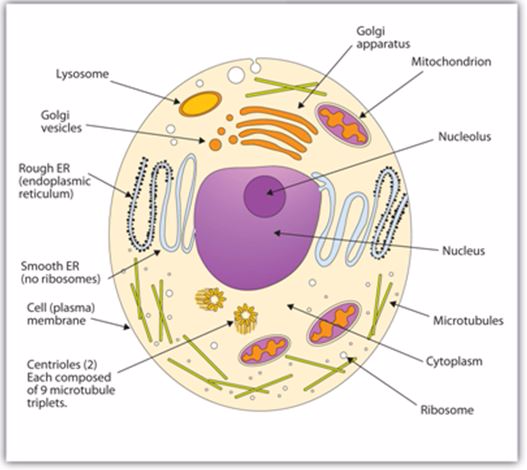
TOPIC 3: CELL STRUCTURE AND ORGANIZATION
The Concept of Cell
The Meaning of the Cell
Explain the meaning of the cell
Plants and animals are made up of units called cells. The cells are microscopic in such a way that they cannot be seen by our naked eyes. Some organisms like protozoa, diatoms and bacteria consist of one cell and are called single-celled or unicellular organisms. Some are made up of many cells and are called multicellular organisms.
The cell structure of living things was first seen by Robert Hooke in 1667 when he examined fine slices of cork. Robert Hooke believed that the cells were empty and that the cell wall and cell membrane were the most important parts of the cell but now cell contents are seen to be the most important ones. Therefore a cell can be defined as the smallest unit of living things or a cell is a basic unit of life.
The Characteristics of the Cell
Mention the characteristics of the cell
Characteristics of the cell include the following:
- Cells are small microscopic structures which cannot be seen by our naked eyes.
- Cells are capable of dividing by mitotic process or meiotic process.
- Cells contain structures called organelles.
The cell theory
- A cell is a basic unit of structure and function in living organisms.
- New cells only come from pre-existing ones.
- Cells contain structures called organelles.
The cell theories were proposed jointly by two scientists namely Schleiden, a Belgian botanist, in 1838 and Schwann, German Zoologist, in 1839
Difference Between Various Types of Cells
Differentiate various types of cells
PROKARYOTIC AND EUKARYOTIC CELLS
Prokaryotic cells are cells with no membrane-bound nucleus. The DNA lies free in the cytoplasm in a region known as nucleoid. They have no true nuclei. Examples of prokaryotic organisms are bacteria.
Eukaryotic cells are cells whose nuclei are bounded by nuclear membrane. They are surrounded by two nuclear membranes called nuclear envelope. Examples of eukaryotic organisms are protoctists, fungi, plants and animal cells.
Differences between cell wall and cell membrane
| Cell wall | Cell membrane |
| It is a non–living structure | It is a living structure |
| It is made up of cellulose | It is made up of lipoprotein |
| It is freely permeable | It is selectively permeable |
Different between prokaryotic and Eukaryotic cells
| Eukaryotic cells | Prokaryotic cell |
| They have nuclear membrane | Lack nuclear membrane |
| Organelles are surrounded by envelopes | Organelles are not surrounded by envelopes |
| Have true nucleus | Have no true nucleus |
The Functions of Different Parts of Plant and Animal Cells
Explain the functions of different parts of plant and animal cells
Basically a cell has three main parts
- Cell membrane
- Cytoplasm
- Nucleus
Cell membrane (plasmalemma)
This is a thin flexible membrane made of protein and oil. It has the following functions:
- The cell membrane encloses the contents of the cell.
- It is freely permeable to water and gases only and selectively permeable to other molecules e.g. it allows food in but keeps unwanted molecules out. Thus cell the membrane controls the substances entering and leaving the cell.
Cytoplasm
Cytoplasm is a transparent jelly-like fluid and may contain particles such chloroplasts or starch grains or oil droplets. It contains up to 80% water and the remainder is mainly protein. It is a place where chemical reactions take place
Nucleus
A nucleus is a ball-shaped or oval body located inside the cytoplasm. It cannot usually be seen unless the cell has been stained with certain dyes. It consists of nucleoplasm bounded by nuclear membrane. The nucleus is a cell control centre.
The following are the functions of the nucleus:
- It controls the formation and development of a cell.
- The nucleus also controls chemicals which the cell manufactures.
- The nucleus contain chromosomes which carry genetic material i.e. DNA which is responsible for controlling genetic information.
Cell wall
The cell wall is only found in plant cells. It is made up of cellulose. When the cell is growing the cell wall is fairy plastic and extensible. It becomes tough and resists stretching when the cell has reached full size. The cell wall is non-living. It has the following functions:
- It gives the cell its shape.
- It is freely permeable to all kinds of molecules.
- It supports and protects the cell.
- It supports non-woody plant organs, such as leaves, by turgor pressure.
- It osmoregulates by resisting entry of excess water into cell.
Vacuole
In animal cells, vacuoles are small droplets of fluid in the cytoplasm variable in size and position. In plant cells, the vacuole is a large, permanent fluid-filled cavity which occupies a greater part of the cell. In plants, the fluid is called cell sap. The cell sap may contain salts, sugar and pigments dissolved in water.
The vacuole performs the following functions:
- It is responsible for food storage and osmoregulation.
- The outward pressure of the vacuole on the cell wall makes the plant cells firm, giving strength and resilience to the tissues.
Mitochondria
Mitochondria are found in all aerobic eukaryotic cells. A mitochondrion is surrounded by an envelope of two membranes, the inner being folded to form cristae (singular: crista) It contains a matrix with a few ribosomes, a circular DNA molecule and phosphate granules.
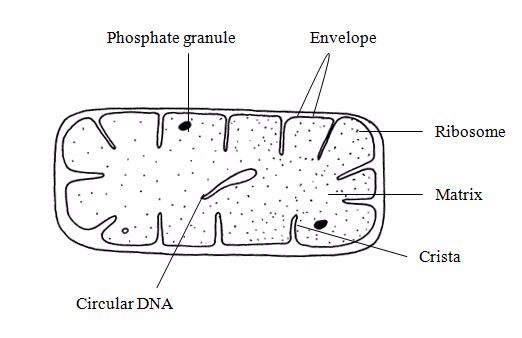
Mitochondrion
A mitochondrion is a power house of a cell. It contains respiratory enzymes involved in respiration. It absorbs oxygen and glucose. The glucose is broken down to CO2 and H2O. Energy is released from glucose bonds to form ATPs (for use in other vital functions e.g. growth, movement, etc.
Chloroplast
Chloroplasts are disc-shaped organelles. They are found in plant cells and algae cells. A chloroplast contains a green substance called chlorophyll. It is surrounded by an envelope of two membranes and contains gel-like stroma through which runs a system of membranes that are stacked in places to form grana.
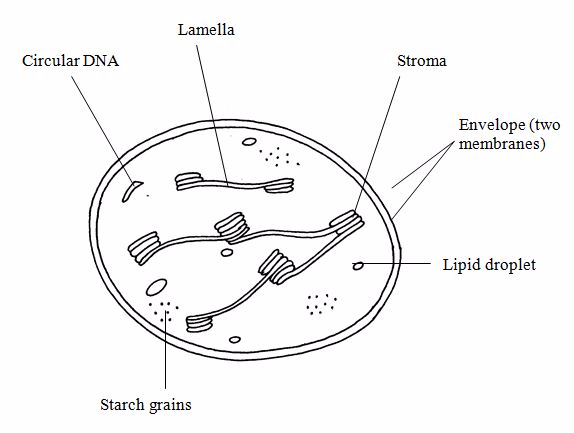
Chloroplast
Chloroplast is an organelle in which photosynthesis takes place, producing sugars from carbon dioxide and water using light energy trapped by chlorophyll.
Golgi body
Golgi bodies are stacks of flattened, membrane-bound sacs
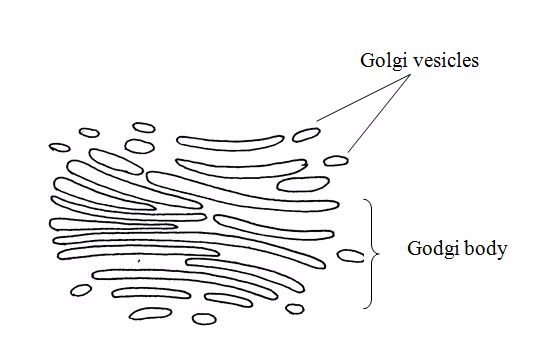
Golgi bodies have the following functions:
- Golgi bodies are responsible for internal processing and transport system.
- Processing of many cell materials e.g. protein takes place in the cisternae.
- Godgi vesicles transport the materials to the other parts of the cell
Plant and Animal Cell
Draw and label plant and animal cell
Animal cell

Plant cell
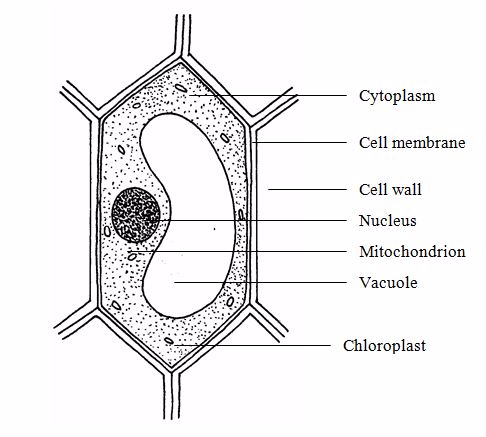
Similarities and Differences of Plant and Animal Cells
Outline similarities and differences of plant and animal cells
Differences between plant cell and animal cells
| PLANT CELL | ANIMAL CELL |
| (i) Have definite shape | Have no definite shape |
| (ii) Have chloroplasts | Have no chloroplasts |
| (iii)Have large permanent vacuoles | Have small temporary vacuoles |
| (iv) Centrioles usually absent | Centrioles present |
| (v) Have cell wall made of cellulose | Have no cell wall |
| (vi) The nucleus is located at the periphery | The nucleus is centrally located |
Similarities between animal cell and plant cells
- Both have cell membranes
- Both contain cytoplasm
- Both have nucleus
- Both have mitochondria
- Both have golgi bodies
- Both have ribosomes
Cell Differentiation


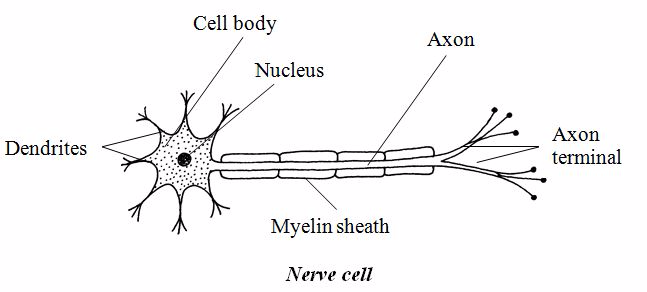
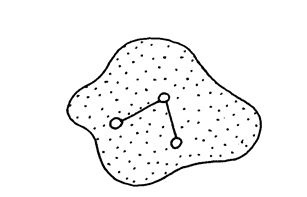
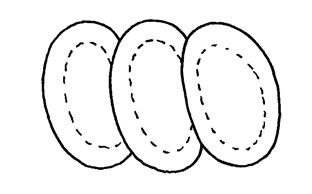

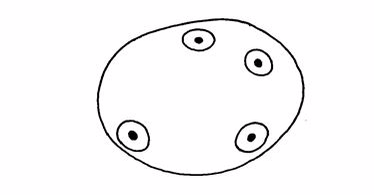

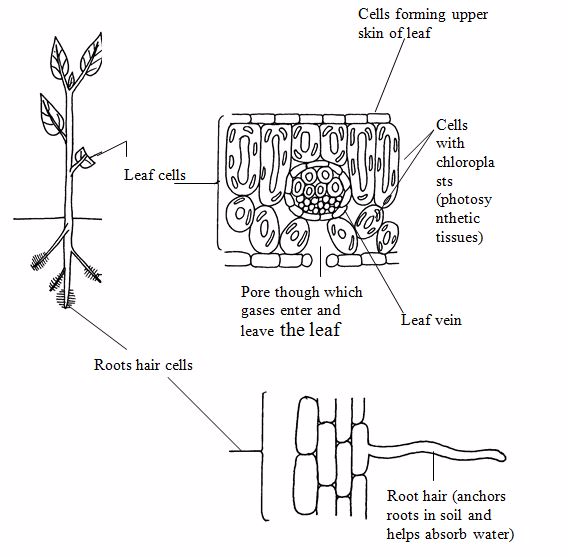
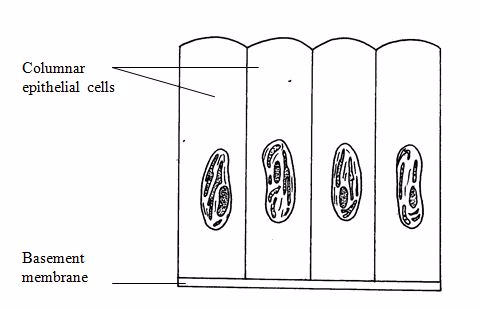
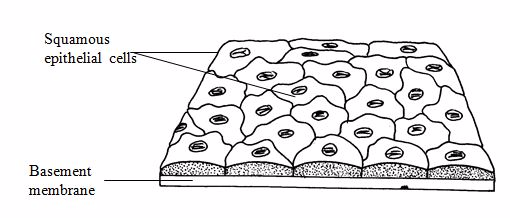
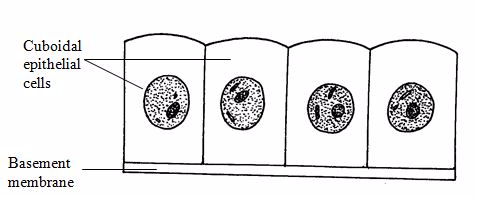
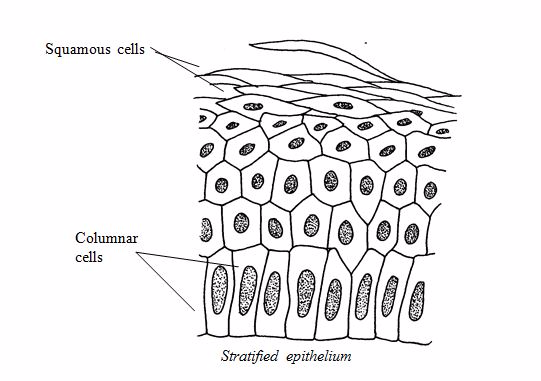
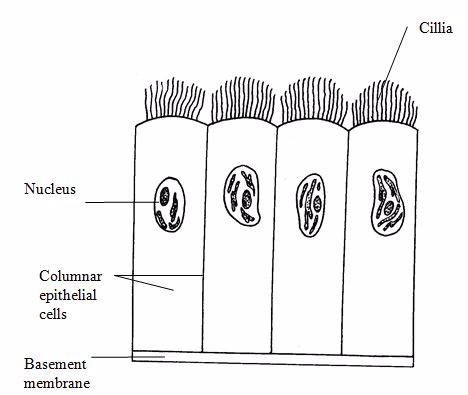
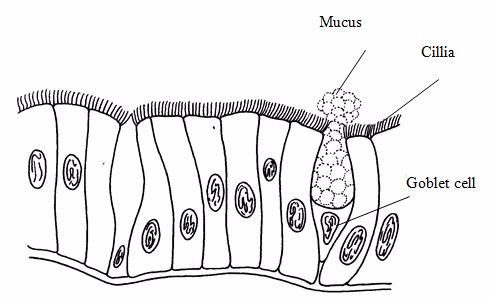
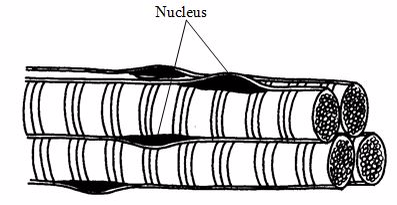
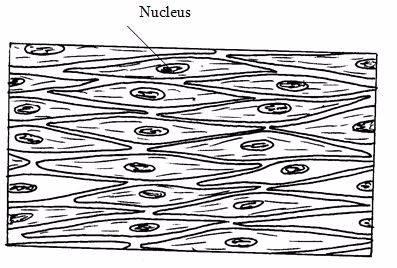



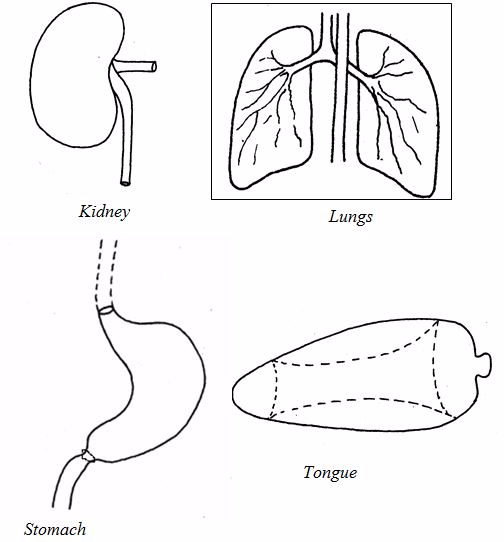
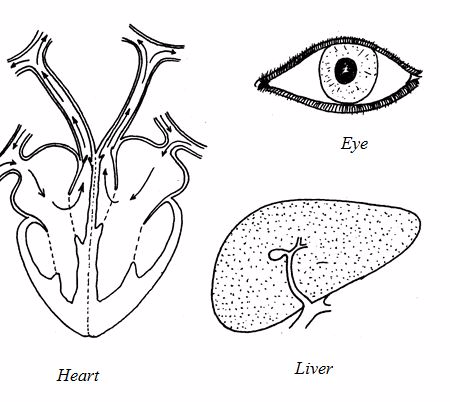
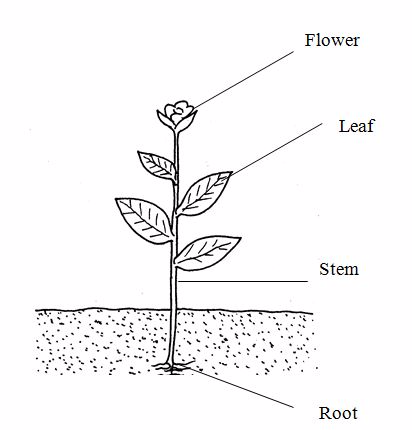
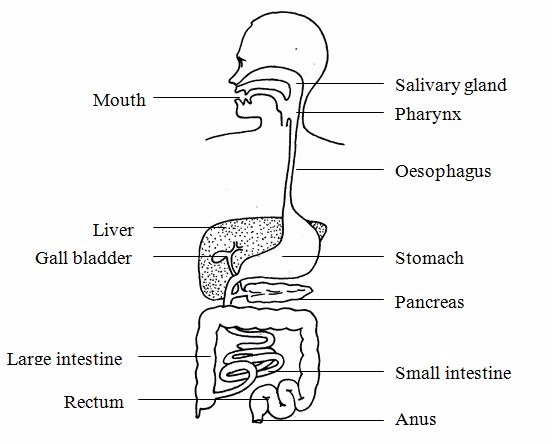
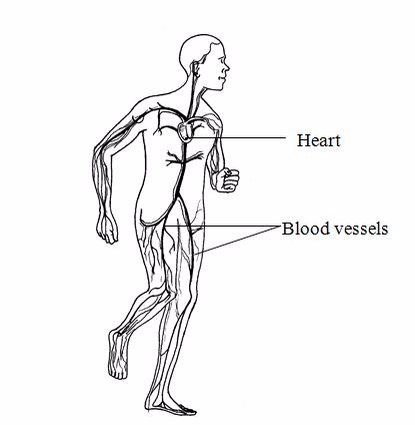
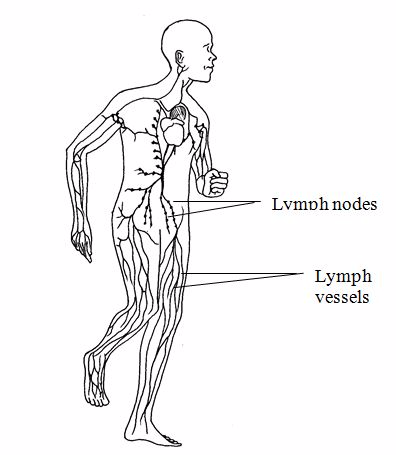


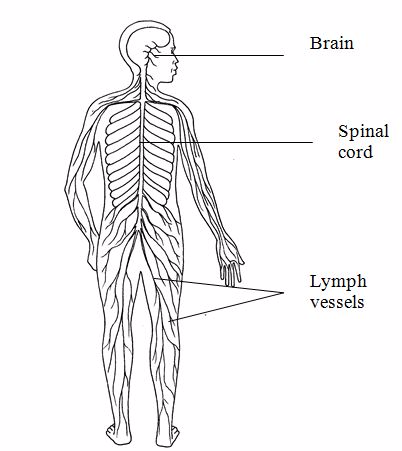
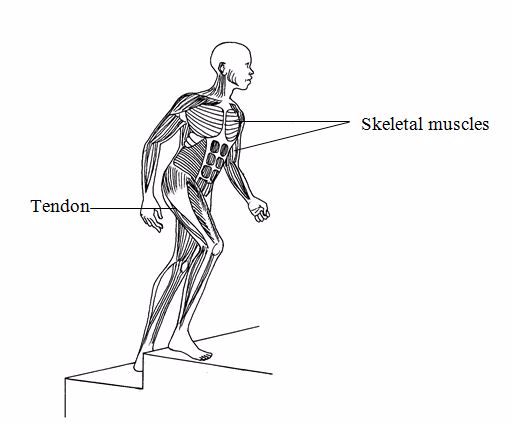

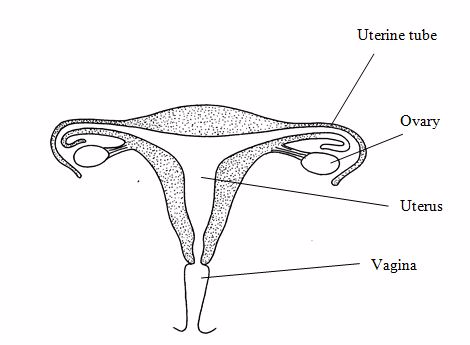
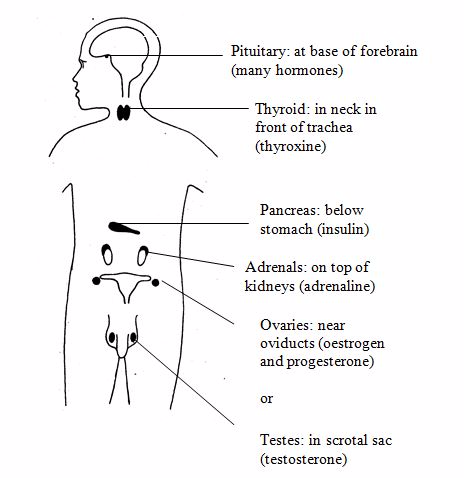


2 Comments
This is the best way 4 me 2 study i really like your notes their are very educating and they have more explanations more than school notes
Wow! Great content, i was looking for materials to help out my little sister, the content is amazing big time. Thanks